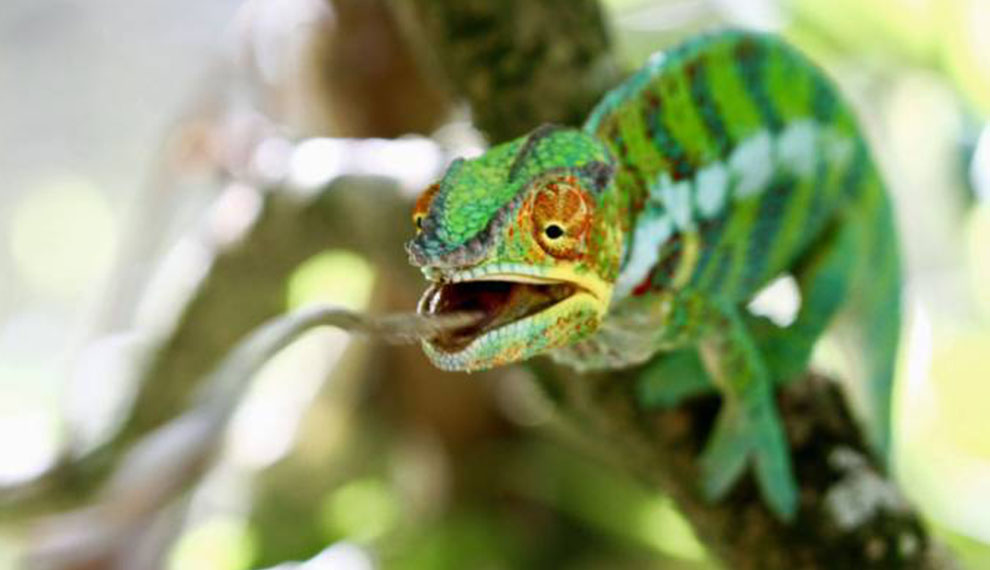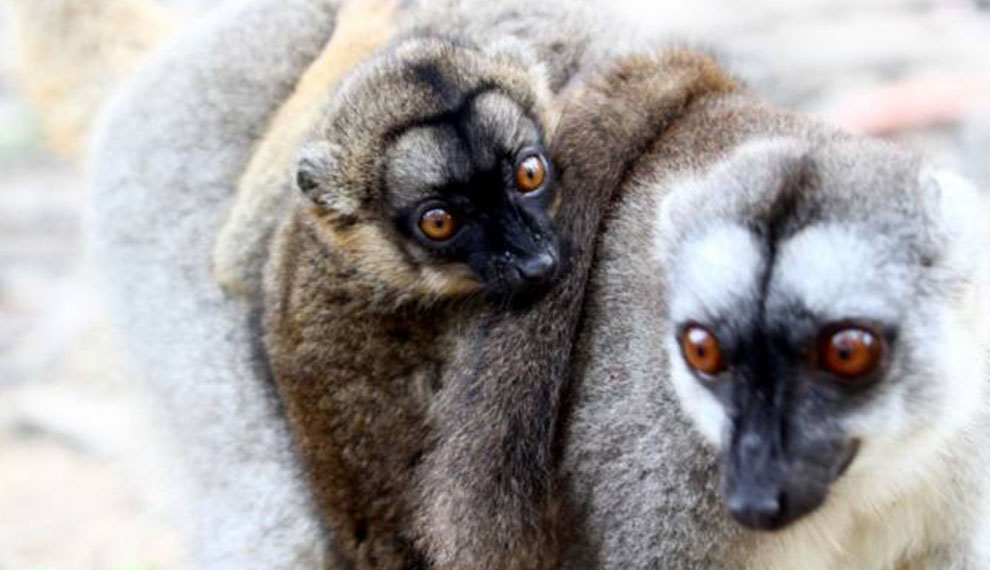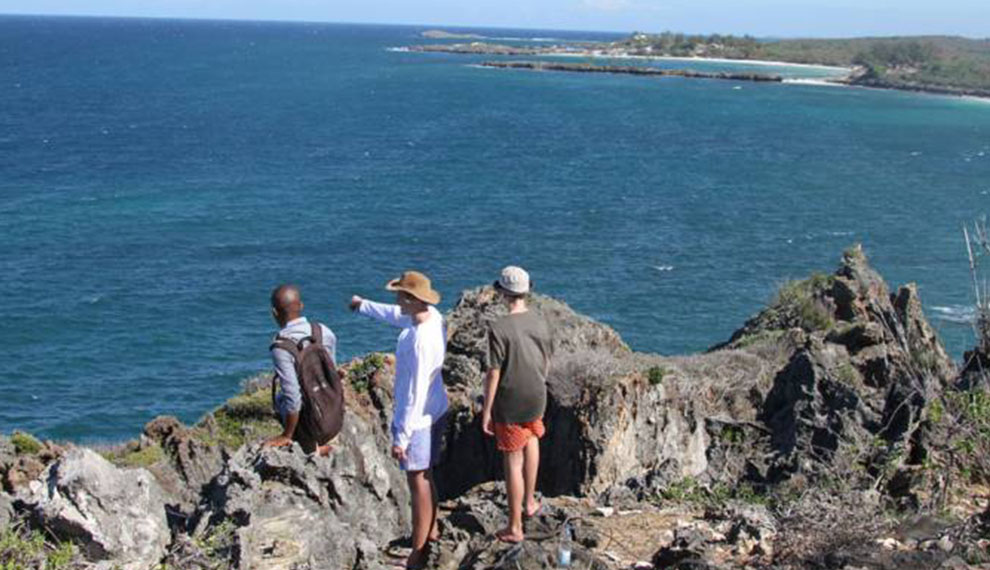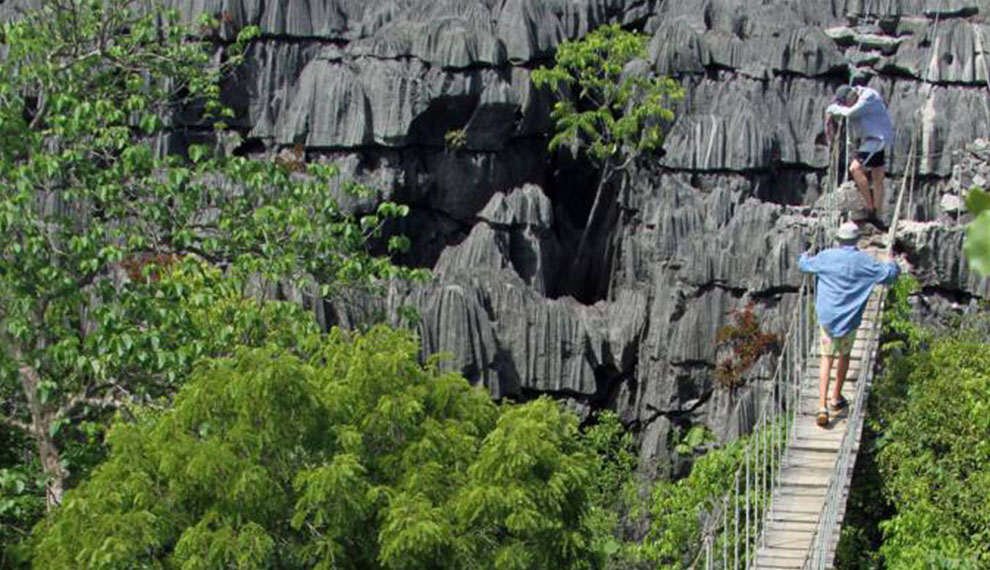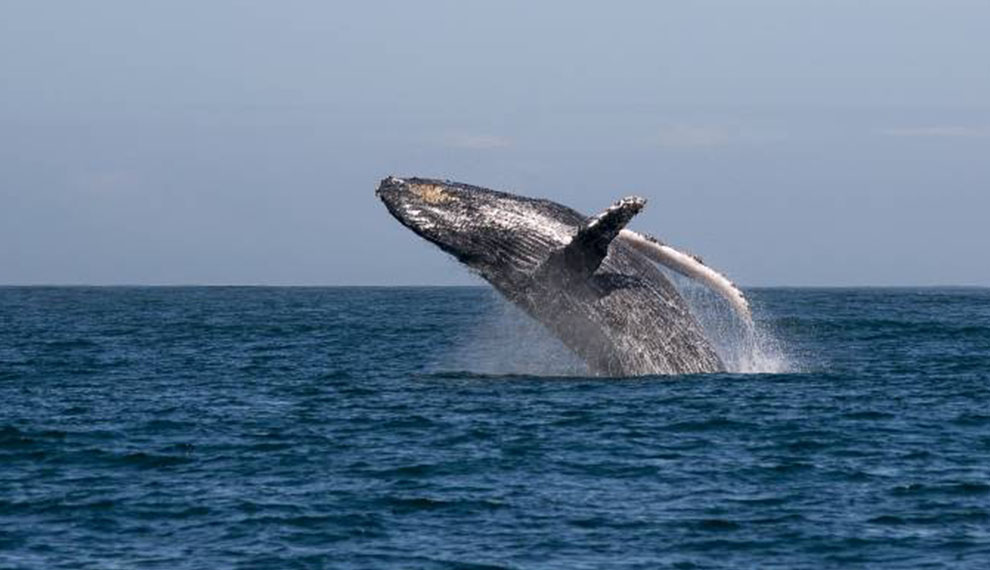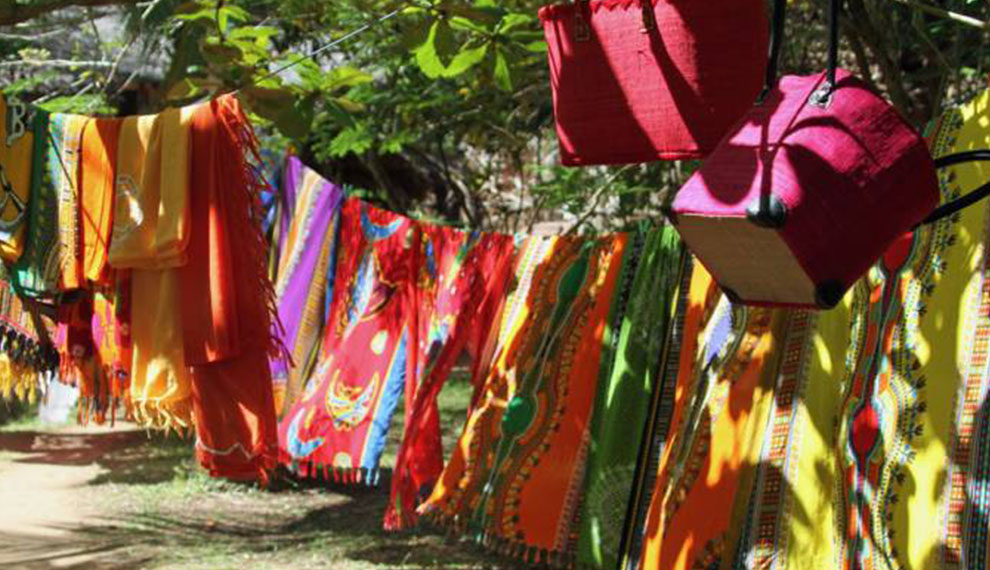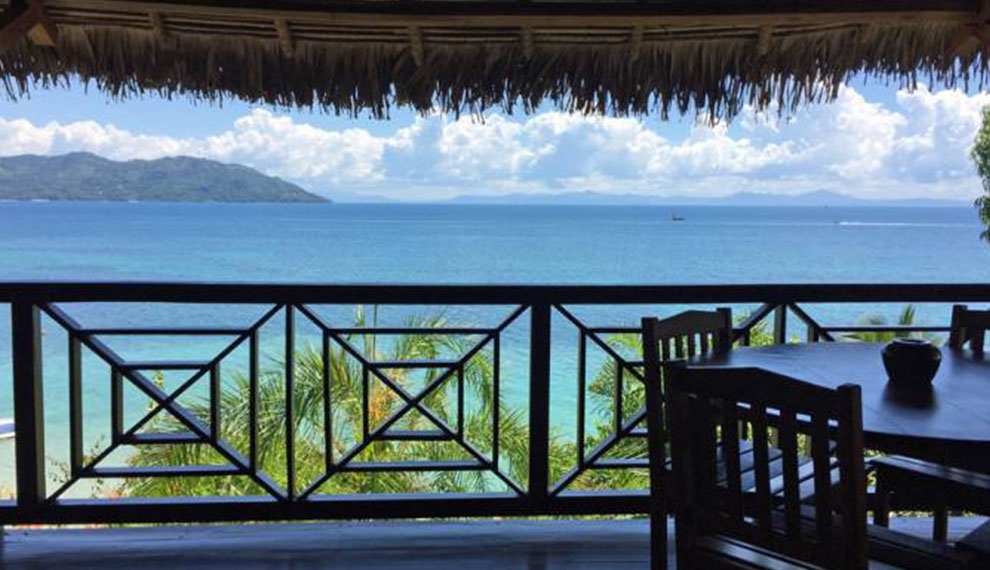January is the start of a very wet and hot period in Madagascar; rainfall can be as much as 340mm, especially on the east coast. Roads to places of interest become impassable and those that are usually dry and bumpy turn into deep mud. Many hotels and lodges will be closed.
February is peak wet season with heavy downpours and a high risk of cyclones, especially in the northeast. Reaching certain parks and accommodation is impossible and some are closed. Many wildlife species also hide from the rain at this time too.
March The rains continue and cyclones are still a real possibility. The temperature is around 30C and it is humid. Weather and conditions in the south are improving but we still generally advise against travel.
April Although there may still be heavy downpours, they are interspersed with bright sunshine, enticing out all sorts of wildlife from hiding. Parks open and it’s the start of the travel season. It’s an excellent time to spot most lemurs as well as reptiles and insects which are active at this time and easily seen.
May is a great time to visit Madagascar as the high season for European travellers hasn’t yet begun so it’s easier to secure good accommodation. It’s not quite the dry season so there may be the odd heavy downpour, but there is lots of sunshine too. Average rainfall for May is 47mm and maximum daytime temperatures reach 24C, dropping to around a minimum of 13C at night. Fauna really begin to flourish.
June weather is characterised by the occasional shower interspersed with sunshine and the air becomes cooler and fresher and there. Visitor numbers are still quite low and you can avoid any potential crowds. While the highlands remain cool and can be quite wet, this is one of the best times to explore to the southwest and Isalo National Park. At Anjajavy you may see ‘dancing lemurs’ on the beach. Maximum daytime temperature is 22C dropping to a minimum of 10 C at night.
July is the start of the high season and the busiest month of the year – book at least six months in advance to be sure you have the accommodation and trip you really want. This is the middle of the Madagascar winter and the temperature is at its lowest for the year making it a good time for trekking in the normally hot and humid rainforests. Many lemurs and other animals are active but some smaller mammals and reptiles begin hibernating. Most of the coastal regions have ideal weather for relaxing in the sunshine, swimming and snorkelling.
August – has a similar climate and conditions to July and you will need to book well in advance during this peak travel month.
September – becomes much quieter as European school holidays end. The cooler season ends and temperatures increase again bringing chameleons, snakes, lizards, small lemurs and rodents out of hibernation. There is also still a chance to see the last remaining humpback whales off the coast of Ile Sainte Marie.
October – is an almost perfect time to travel to Madagascar. One of the most captivating highlights is the baby lemurs. Born in September they are held by their mother for the first few weeks until they are strong enough to cling to the hairs on her back and tentatively take a few steps on their own. Mandrare River Camp is an excellent place to see this. The weather is ideal for time on the beach and snorkelling in the turquoise waters.
November – temperatures continue to rise and wildlife is active so you should see lots of lemurs, chameleons, frogs and geckos. Birds are breeding too so there is plenty to see. It remains a good time for trekking in the warm rainforests when there can be the odd shower.
December – is the start of the wet season in Madagascar, but this doesn’t necessarily mean heavy rain all the time everywhere. It’s the hottest time of the year with few visitors. The further into the month the more likelihood of heavy rain; tropical storms rage and temperatures climb over 30C in the humid rainforests. Lemurs, tenrecs and reptiles can often be spotted.


